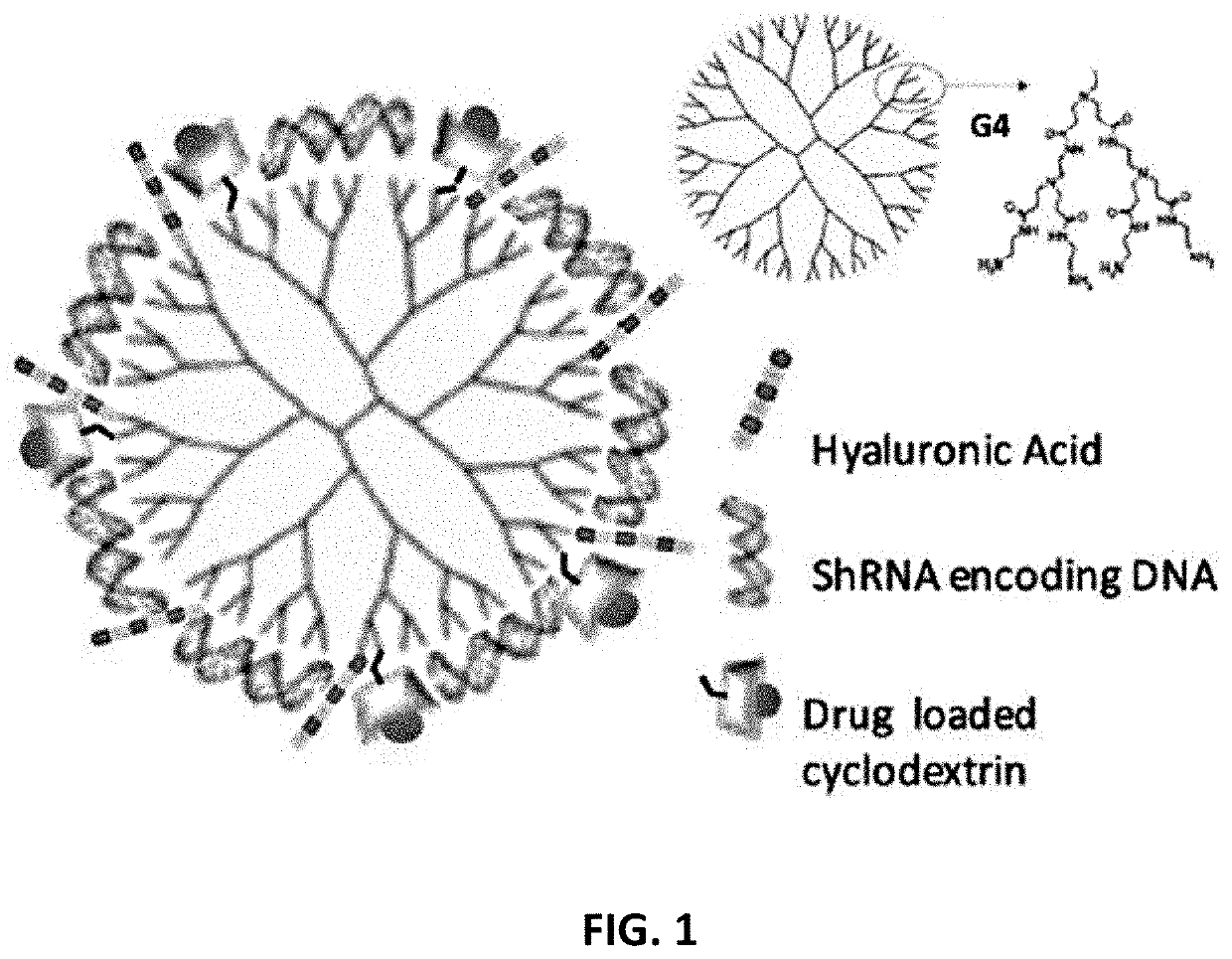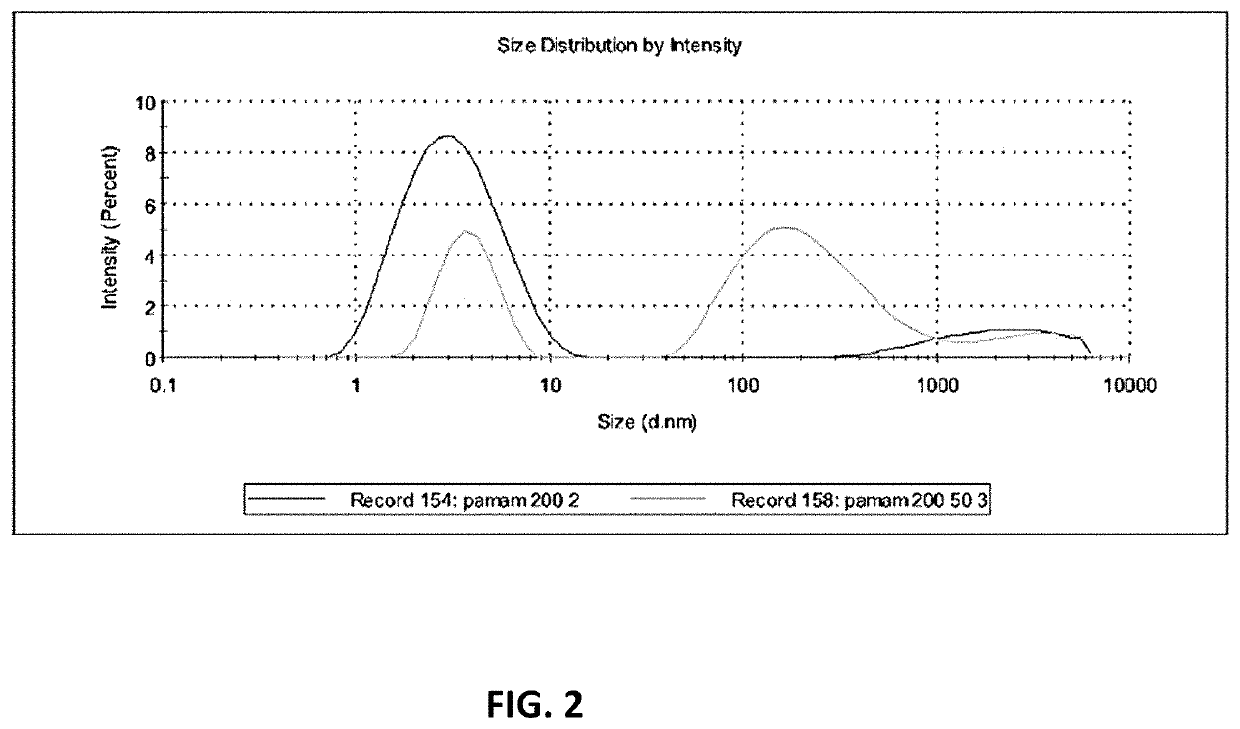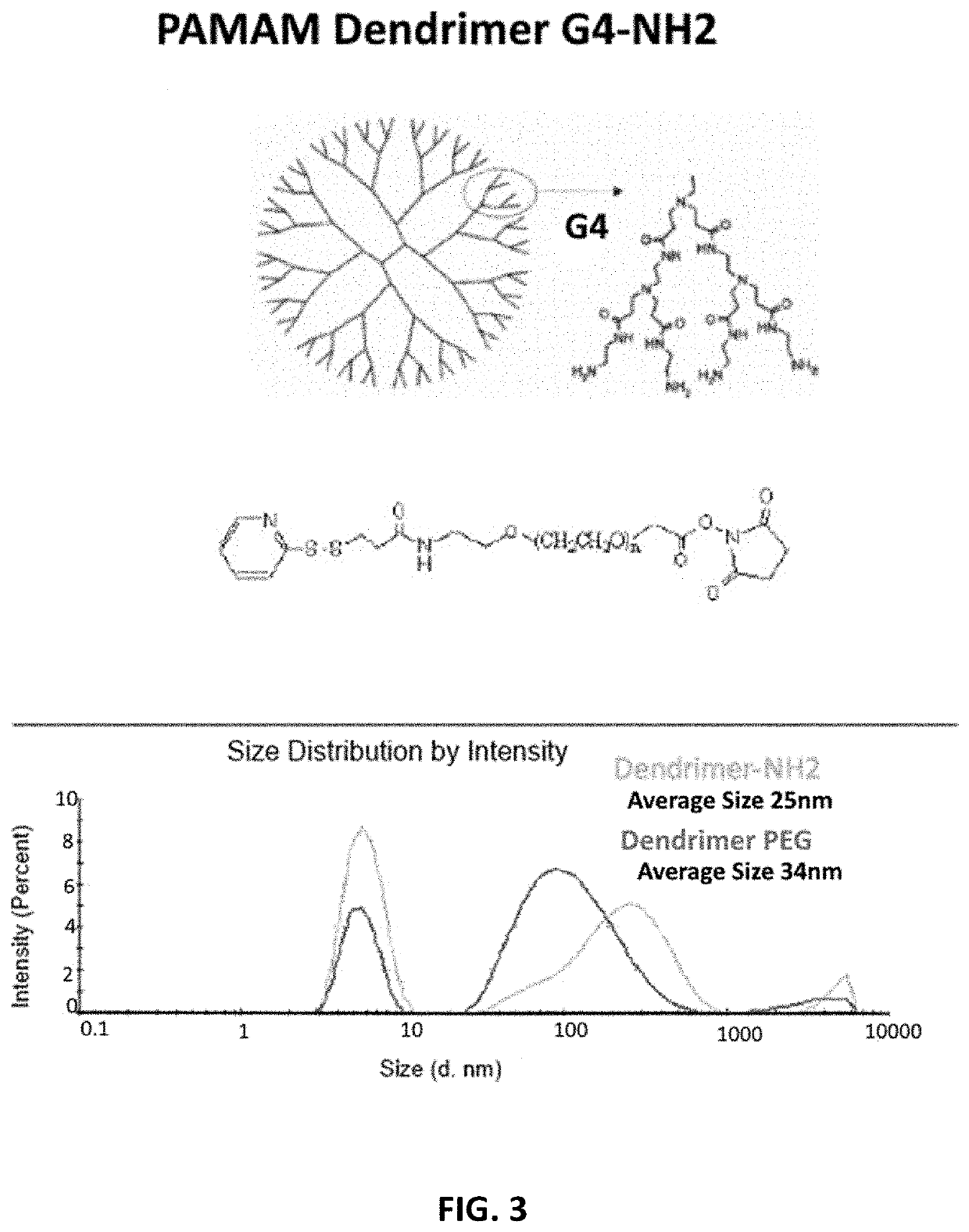Method of delivering genes and drugs to a posterior segment of an eye
a technology of gene and drug delivery and posterior segment, which is applied in the direction of drug composition, biochemistry apparatus and processes, capsule delivery, etc., can solve the problems of limited effectiveness of this method for retinal gene delivery, limited topical formulation of the same, and limited effect of this method
- Summary
- Abstract
- Description
- Claims
- Application Information
AI Technical Summary
Benefits of technology
Problems solved by technology
Method used
Image
Examples
example 1
ion of Multi-shRNA Vector
[0065]pSH plasmid (Addgene), a mammalian expression vector that contains three sites for the insertion of DNA inserts is used for cloning DNAs expressing their short-hairpin RNAs. pSH utilizes the Human Ubiquitin C promoter for the transcription of a single mRNA transcript that is post-modified to express a maximum of three shRNAs and enhanced green fluorescence protein (EGFP) for fluorescent detection. Thus, an in-silico analysis of the desired genes is performed (Wizard 3.1, In Vivo Gen) followed by NCBI's BLAST to identify the shRNA sequences (19-24 bps). The oligos are synthesized by Integrated DNA Technologies (IDT) and cloned, using common lab methods. The cloned fragments are verified by Sanger sequencing and their silencing for gene function is evaluated in HEK293 transfected cells expressing these genes.
example 2
of Multifunctional Retina-Targeted Dendrimeric Nanoformulations
[0066]FIG. 1 depicts a schematic of the multifunctional dendrimer-based nanoparticle (MDN). The MDN is a functionalized poly-amidoamine PAMAM dendrimer for the effective delivery of shRNA-encoding DNA in combination with small molecule drug (SMD)-encapsulated cyclodextrin.
[0067]PAMAM dendrimers were obtained from Dendritech® Inc. PAMAM dendrimer G4 was selected for its good physicochemical properties and its ability to facilitate endosomal escape through its internal secondary and tertiary amines, the so-called “proton sponge” effect. G4 PAMAM is selected because: (i) it is hyperbranched with 64 NH2 ends for multifunctionalization, and (ii) it has been proven safer than G6 and G7 and is more effective than G3. The inventors functionalized the PAMAM dendrimers for the effective delivery of shRNA-encoding DNA in combination with small molecule drug(s) encapsulated cyclodextrin. G4 PAMAM dendrimers were modified by removing...
example 3
ization of MDNs
[0074]MDNs are characterized for their physicochemical properties, such as size and charge, using dynamic light scatter analyses and zeta sizers, as described.
[0075]As shown in FIG. 2, the average size of the PAMAM-NH2 dendrimer is 25 nm, but there are two separated peaks, one peak at 5 nm and one peak at 200 nm (light grey line). 50 nm monodispersed particles were obtained after extrusion using 50 nm pore size membranes (light grey line).
[0076]As shown in FIG. 3, to increase functionalization of dendrimers, G4-PAMAM was conjugated to the 2-pyridinethione end, which can be used for the redox responsive conjugation of any thiolated ligand, while the PEG will increase the stability and protect the pDNA complexed on the surface of NPs. OPSS-PEG-NHS was conjugated to —NH2 groups on the surface of the dendrimer. TNBSA assay was used for the estimation of free amine groups before and after OPSS-PEG-NHS conjugation. The conjugation yield was 95%. The average size before and ...
PUM
| Property | Measurement | Unit |
|---|---|---|
| time | aaaaa | aaaaa |
| size | aaaaa | aaaaa |
| size | aaaaa | aaaaa |
Abstract
Description
Claims
Application Information
 Login to View More
Login to View More - R&D
- Intellectual Property
- Life Sciences
- Materials
- Tech Scout
- Unparalleled Data Quality
- Higher Quality Content
- 60% Fewer Hallucinations
Browse by: Latest US Patents, China's latest patents, Technical Efficacy Thesaurus, Application Domain, Technology Topic, Popular Technical Reports.
© 2025 PatSnap. All rights reserved.Legal|Privacy policy|Modern Slavery Act Transparency Statement|Sitemap|About US| Contact US: help@patsnap.com



